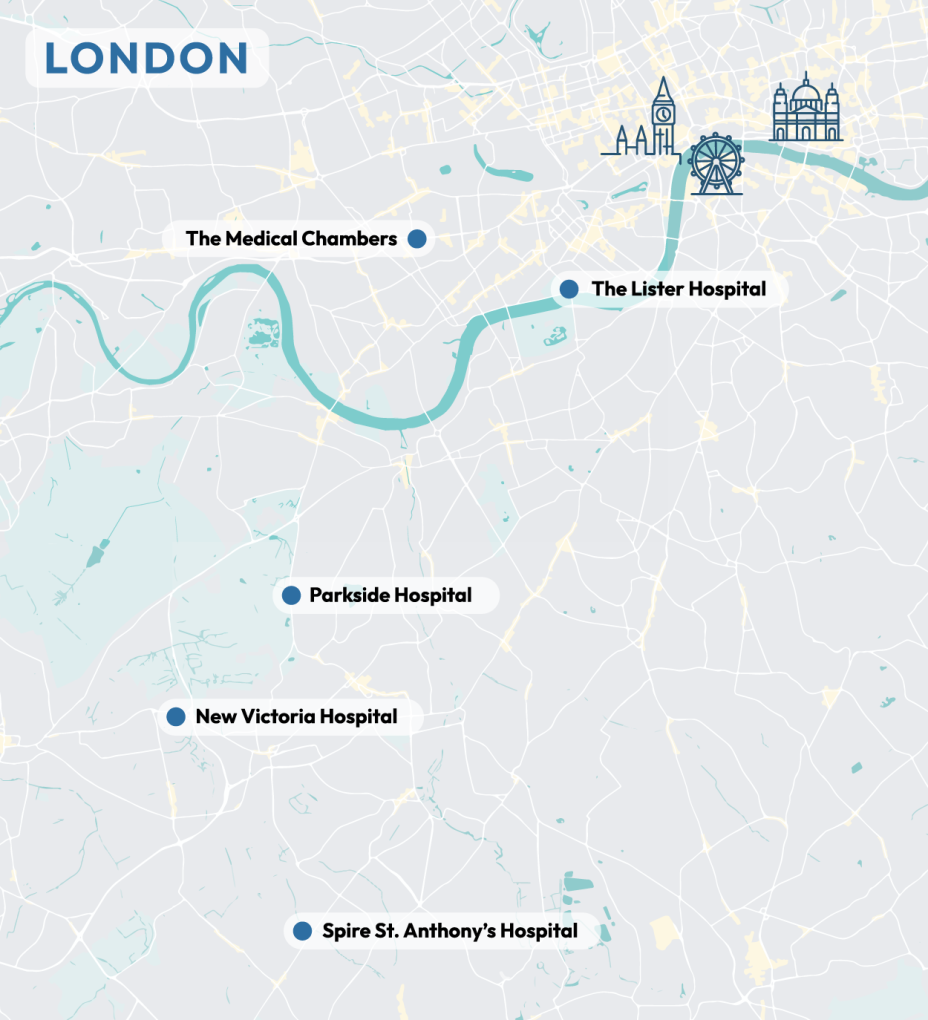What is vaginal atrophy?
Vaginal atrophy, also known as vulvovaginal atrophy (VVA), is a condition characterised by the thinning, dryness, and reduced elasticity of the vaginal walls. It primarily occurs during perimenopause and menopause due to a decrease in oestrogen production by the ovaries.
Approximately 50% of women experience symptoms of vaginal atrophy, which arise when vaginal cells lose hydration and cervical lubrication diminishes.
As hormone levels decline, you may notice uncomfortable symptoms that can significantly impact your quality of life. Unfortunately, many women tolerate these changes, attributing them to natural ageing. However, if left untreated, vaginal atrophy can lead to more serious complications, including chronic urinary tract infections (UTIs) and a higher risk of vaginal infections.







